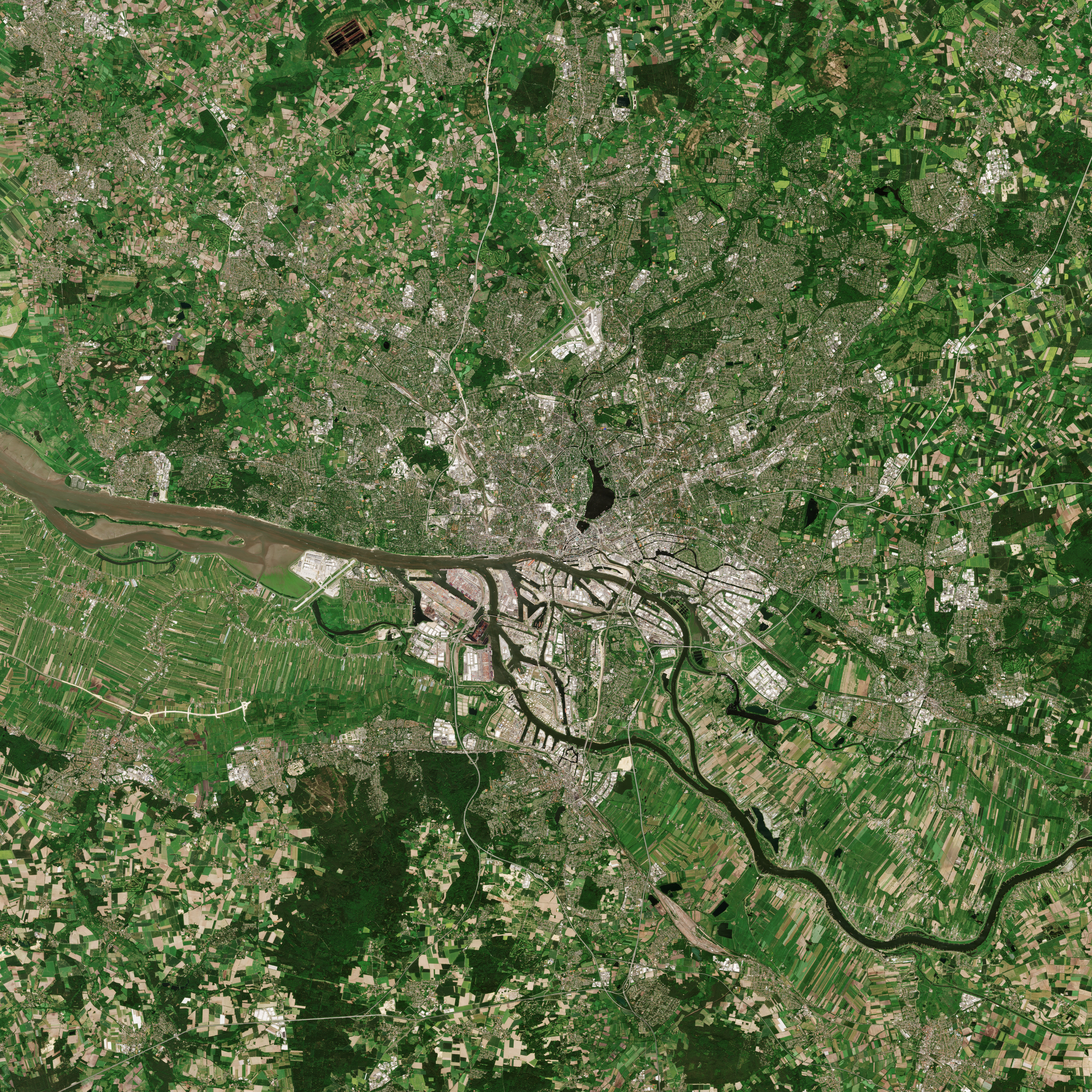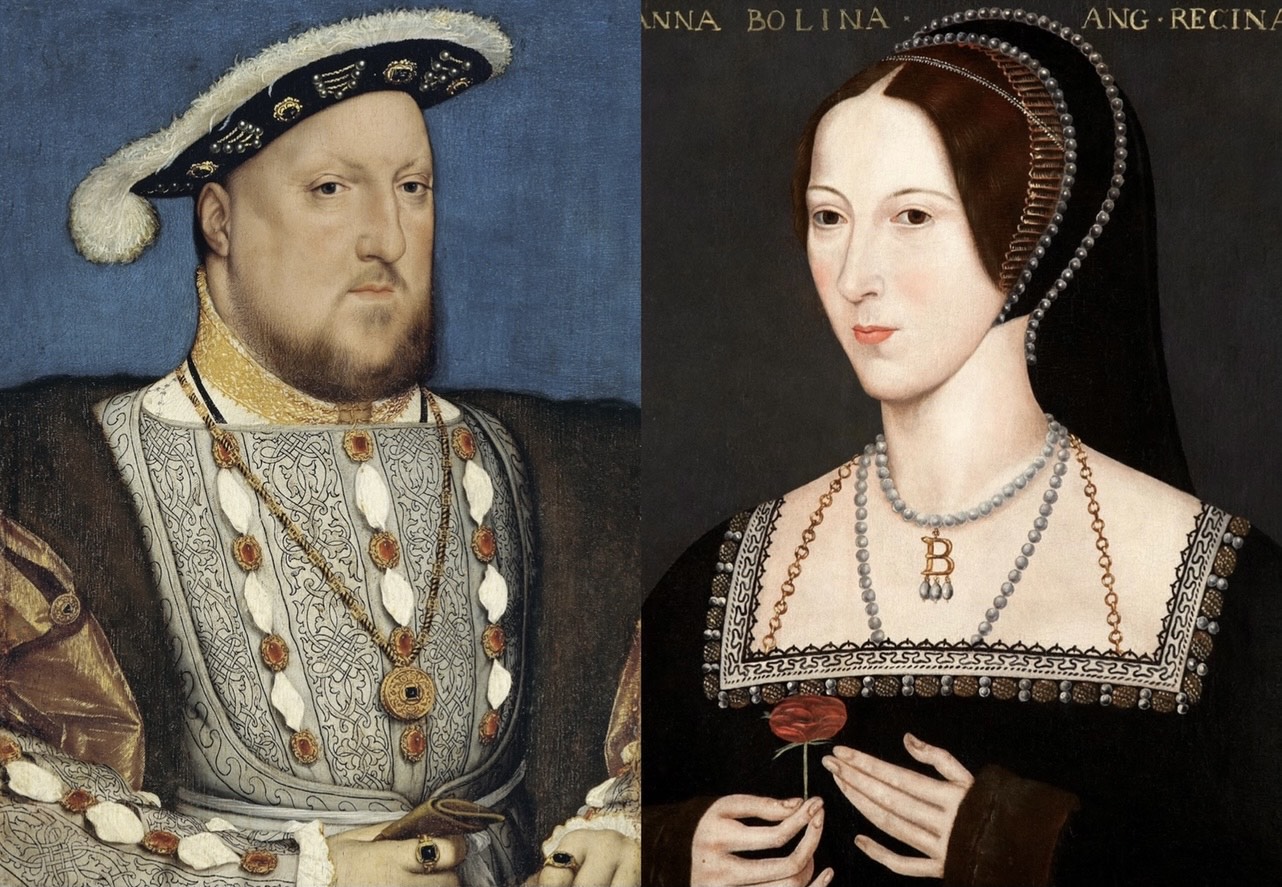|
Roy Strong
Sir Roy Colin Strong, (born 23 August 1935) is an English art historian, museum curator, writer, broadcaster and landscape designer. He has served as director of both the National Portrait Gallery and the Victoria and Albert Museum in London. Strong was knighted in 1982. Early years Roy Colin Strong was born at Winchmore Hill, London Borough of Enfield (then in Middlesex), the third son of hat manufacturer's commercial traveller George Edward Clement Strong, and Mabel Ada Strong (''née'' Smart). He was raised in "an Enfield terrace sans books, with linoleum 'in shades of unutterable green'", and attended nearby Edmonton County School, a grammar school in Edmonton. Strong graduated with a first class honours degree in history from Queen Mary College, University of London. He then earned his PhD from the Warburg Institute and became a research fellow at the Institute of Historical Research. His passionate interest in the portraiture of Queen Elizabeth I was sidelined "whi ... [...More Info...] [...Related Items...] OR: [Wikipedia] [Google] [Baidu] |
Winchmore Hill
Winchmore Hill is a suburb and electoral ward in the Borough of Enfield, North London, in the N21 postal district. With the Winchmore Hill conservation area as a focal point, the district is bounded on the east by Green Lanes (the A105 road), Barrowell Green, Firs Lane and Fords Grove, and on the north-west by Grovelands Park; in the south it extends to part of Aldermans Hill, and in the north to Vicars Moor Lane and Houndsden Road. Winchmore Hill is north north-east of Charing Cross. History Once a small hamlet in the parish of Edmonton, Winchmore Hill borders Palmers Green, Southgate, Edmonton, and Grange Park. Prior to the Roman invasion, Hertfordshire, Essex and Middlesex were occupied by the Catuvellauni tribe. It is believed that this tribe built a hill fort on the mound now occupied by Bush Hill Park Golf Club. The earliest recorded mention of Winchmore Hill is in a deed dated A.D. 1319 in which it is spelt Wynsemerhull. In Old English, 'merhull' translates accordin ... [...More Info...] [...Related Items...] OR: [Wikipedia] [Google] [Baidu] |
Queen Mary, University Of London
, mottoeng = With united powers , established = 1785 – The London Hospital Medical College1843 – St Bartholomew's Hospital Medical College1882 – Westfield College1887 – East London College/Queen Mary College , type = Public research university , endowment = £41.3 million (2021) , budget = £512.5 million (2020-21) , chancellor = The Princess Royal(as Chancellor of the University of London) , principal = Colin Bailey , students = () , undergrad = () , postgrad = () , city = , administrative_staff = 4,620 , faculty = , affiliations = Alan Turing Institute ACU EUA IPEM LIDC Russell Group SEPnet SES UCLPartnersUniversities UK University of London Institute in Paris , location = London, England, United Kingdom , campus = Urban , colours = , website = , logo = File:Queen Mary University of London logo.svg Queen Mary University of London (QMUL, or informally QM, and previously Queen Mary and Westfield College) is a public research universi ... [...More Info...] [...Related Items...] OR: [Wikipedia] [Google] [Baidu] |
Hamburg
Hamburg (, ; nds, label=Hamburg German, Low Saxon, Hamborg ), officially the Free and Hanseatic City of Hamburg (german: Freie und Hansestadt Hamburg; nds, label=Low Saxon, Friee un Hansestadt Hamborg),. is the List of cities in Germany by population, second-largest city in Germany after Berlin, as well as the overall List of cities in the European Union by population within city limits, 7th largest city and largest non-capital city in the European Union with a population of over 1.85 million. Hamburg's urban area has a population of around 2.5 million and is part of the Hamburg Metropolitan Region, which has a population of over 5.1 million people in total. The city lies on the River Elbe and two of its tributaries, the River Alster and the Bille (Elbe), River Bille. One of Germany's 16 States of Germany, federated states, Hamburg is surrounded by Schleswig-Holstein to the north and Lower Saxony to the south. The official name reflects History of Hamburg, Hamburg's history ... [...More Info...] [...Related Items...] OR: [Wikipedia] [Google] [Baidu] |
Shakespeare Prize
The Shakespeare Prize was an annual prize for writing or performance awarded to a British citizen by the Hamburg Alfred Toepfer Foundation. First given by Alfred Toepfer in 1937 as an expression of his Anglophilia in the face of tense international conditions, the prize was awarded only twice before the outbreak of World War II, to composer Ralph Vaughan Williams and poet John Masefield. The award resumed in 1967 following the visit of Queen Elizabeth to Germany and the last prize was awarded in 2006. Recipients *1937 Ralph Vaughan Williams *1938 John Masefield *1967 Sir Peter Hall *1968 Graham Greene *1969 Roy Pascal *1970 Harold Pinter *1971 Janet Baker *1972 Paul Scofield *1973 Peter Brook *1974 Graham Sutherland *1975 John Pritchard *1976 Philip Larkin *1977 Margot Fonteyn *1978 John Dexter *1979 Tom Stoppard *1980 Roy Strong *1981 John Schlesinger *1982 Doris Lessing *1983 David Hockney *1984 Colin Davis *1985 Alec Guinness *1986 Harold Jenkins *1987 Gwyneth Jones *198 ... [...More Info...] [...Related Items...] OR: [Wikipedia] [Google] [Baidu] |
John Harris (Curator)
John Frederick Harris OBE (13 August 1931 – 6 May 2022) was an English curator, historian of architecture, gardens and architectural drawings, and the author of more than 25 books and catalogues, and 200 articles. He was a Fellow and Curator Emeritus of the Drawings Collection of the Royal Institute of British Architects, founding Trustee of Save Britain's Heritage and Save Europe's Heritage, and founding member and Honorary Life President of the International Confederation of Architectural Museums. Career John Harris was born on 13 August 1931 in Hackney, London, to Maud, a housewife, and Frederick Harris, an upholsterer. He left school shortly before he was 14. He travelled and took on miscellaneous jobs, before starting his proper career in 1954 working in an antiques shop, Collin and Winslow. [...More Info...] [...Related Items...] OR: [Wikipedia] [Google] [Baidu] |
Marcus Binney
Marcus Hugh Crofton Binney (born Simms; 21 September 1944) is a British architectural historian and author. He is best known for his conservation work regarding Britain's heritage. Early and family life Binney is the son of Lieutenant-Colonel Francis Crofton Simms MC and his wife, Sonia (née Beresford Whyte).The Peerage Retrieved 8 October 2007 His father was in the Long Range Desert Group (LRDG) in the . He was captured in Libya in January 1942 prior to being held as a in Italy and escaped from a lorry in transit in Northern italy and stayed free until h ... [...More Info...] [...Related Items...] OR: [Wikipedia] [Google] [Baidu] |
Destruction Of The Country House Exhibition
The Destruction of the Country House 1875–1975 was an exhibition held at the Victoria and Albert Museum (V&A) in 1974, commissioned by V&A Director Roy Strong and curated by John Harris, Marcus Binney and Peter Thornton (then working, respectively, at the Royal Institute of British Architects (RIBA), '' Country Life'' magazine and the V&A Department of Furniture and Woodwork). The exhibition included a "Hall of Destruction", decorated with falling columns and illustrations of some of the thousand country houses demolished since 1875, brought down by falling estate incomes, rising costs, death duties, and damage caused by government requisitioning during the Second World War. Described as a "landmark" exhibition, the graphic illustration of the scale of destruction of Britain's built heritage changed public opinion and encouraged moves to protect the country houses that remained. The success of the exhibition inspired the formation of the campaigning group, Save Britain's ... [...More Info...] [...Related Items...] OR: [Wikipedia] [Google] [Baidu] |
Fedora
A fedora () is a hat with a soft brim and indented crown.Kilgour, Ruth Edwards (1958). ''A Pageant of Hats Ancient and Modern''. R. M. McBride Company. It is typically creased lengthwise down the crown and "pinched" near the front on both sides. Fedoras can also be creased with teardrop crowns, diamond crowns, center dents, and others, and the positioning of pinches can vary. The typical crown height is . The term ''fedora'' was in use as early as 1891. Its popularity soared, and eventually it eclipsed the similar-looking homburg. The fedora hat's brim is usually around wide, but can be wider, can be left raw-edged (left as cut), finished with a sewn overwelt or underwelt, or bound with a trim-ribbon. ''Stitched edge'' means that there is one or more rows of stitching radiating inward toward the crown. The Cavanagh edge is a welted edge with invisible stitching to hold it in place and is a very expensive treatment that can no longer be performed by modern hat factories. [...More Info...] [...Related Items...] OR: [Wikipedia] [Google] [Baidu] |
Cecil Beaton
Sir Cecil Walter Hardy Beaton, (14 January 1904 – 18 January 1980) was a British fashion, portrait and war photographer, diarist, painter, and interior designer, as well as an Academy Awards, Oscar–winning stage design, stage and costume designer for films and the theatre. Early life and education Beaton was born on 14 January 1904 in Hampstead, north London, the son of Ernest Walter Hardy Beaton (1867–1936), a prosperous timber merchant, and his wife, Esther "Etty" Sisson (1872–1962). His grandfather, Walter Hardy Beaton (1841–1904), had founded the family business of "Beaton Brothers Timber Merchants and Agents", and his father followed into the business. Ernest Beaton was an amateur actor and met his wife, Cecil's mother Esther ("Etty"), when playing the lead in a play. She was the daughter of a Cumbrian blacksmith named Joseph Sisson and had come to London to visit her married sister. Ernest and Etty Beaton had four children – Cecil; two daughters, Nancy Beato ... [...More Info...] [...Related Items...] OR: [Wikipedia] [Google] [Baidu] |
Dame Frances Yates
Dame Frances Amelia Yates (28 November 1899 – 29 September 1981) was an English historian of the Renaissance, who wrote books on esoteric history. After attaining an MA in French at University College London, she began to publish her research in scholarly journals and academic books, focusing on 16th-century theatre and the life of the linguist and lexicographer John Florio. In 1941, she was employed by the Warburg Institute in London, and began to work on what she termed "Warburgian history", emphasising a pan-European and inter-disciplinary approach to historiography. Her most acclaimed publication was ''Giordano Bruno and the Hermetic Tradition'' (1964), in which she emphasised the role of Hermeticism in Bruno's works and the role that magic and mysticism played in Renaissance thinking. ''The Art of Memory'' (1966), and ''The Rosicrucian Enlightenment'' (1972) are also major works. Yates wrote extensively on the occult or Neoplatonic philosophies of the Renaissance, whic ... [...More Info...] [...Related Items...] OR: [Wikipedia] [Google] [Baidu] |
Renaissance
The Renaissance ( , ) , from , with the same meanings. is a period in European history marking the transition from the Middle Ages to modernity and covering the 15th and 16th centuries, characterized by an effort to revive and surpass ideas and achievements of classical antiquity. It occurred after the Crisis of the Late Middle Ages and was associated with great social change. In addition to the standard periodization, proponents of a "long Renaissance" may put its beginning in the 14th century and its end in the 17th century. The traditional view focuses more on the early modern aspects of the Renaissance and argues that it was a break from the past, but many historians today focus more on its medieval aspects and argue that it was an extension of the Middle Ages. However, the beginnings of the period – the early Renaissance of the 15th century and the Italian Proto-Renaissance from around 1250 or 1300 – overlap considerably with the Late Middle Ages, conventi ... [...More Info...] [...Related Items...] OR: [Wikipedia] [Google] [Baidu] |
Queen Elizabeth I
Elizabeth I (7 September 153324 March 1603) was Queen of England and Ireland from 17 November 1558 until her death in 1603. Elizabeth was the last of the five House of Tudor monarchs and is sometimes referred to as the "Virgin Queen". Elizabeth was the daughter of Henry VIII and Anne Boleyn, his second wife, who was executed when Elizabeth was two years old. Anne's marriage to Henry was annulled, and Elizabeth was for a time declared Royal bastard, illegitimate. Her half-brother Edward VI ruled until his death in 1553, bequeathing the crown to Lady Jane Grey and ignoring the claims of his two half-sisters, the Catholic Church, Catholic Mary I of England, Mary and the younger Elizabeth, in spite of Third Succession Act, statute law to the contrary. Edward's will was set aside and Mary became queen, deposing Lady Jane Grey. During Mary's reign, Elizabeth was imprisoned for nearly a year on suspicion of supporting Protestant rebels. Upon her half-sister's death in 1558, Eliz ... [...More Info...] [...Related Items...] OR: [Wikipedia] [Google] [Baidu] |


.jpg)






